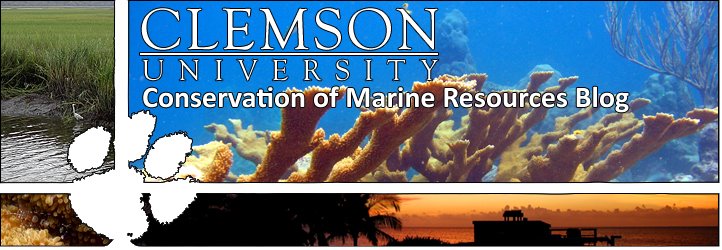 |
| Me with not a flounder in Mobile |
That's okay though, because I got to spend some time after that in the Florida Keys with this lab doing work a little different. The keys had cooler water, friendlier locals, and most importantly, more fish. I was there while we were following the stoplight parrotfish around the reef and marking their territory with flags. It was my first time working on SCUBA and I loved the experience. However, I did find out that I might belong inshore rather than offshore, as my stomach doesn't handle the uninterrupted roll of everything very well. And unlike Alabama, the keys wasn't all work. I actually had time to fish. For fun. Something I hadn't done all summer. Rob and I got to go out and optimistically target bonefish, but ended up catching mangrove snappers, and getting our line constantly nipped off by the baby barracuda. But, the highlight of the trip for me was getting to hook into a tarpon on my fly rod. Just being able to fish in the same water with tarpon has been a dream of mine since I was 12. Hooking one hasn't ever been an expectation so getting that was something I'll never forget. It's less like hooking a fish and more like hooking a deer as it runs away at full speed. Except that tarpon was bigger than most deer. And when I tell this story again the fish is going to get even bigger. The best way to catch the biggest fish is to let it get away.
This summer was filled with hard work, fun work, good memories, and good people. I got to fall in love with the keys and realize why I never loved Alabama. It's left a lot to live up, so future summers better watch out because I'll be trying to top this one for a long time.






























